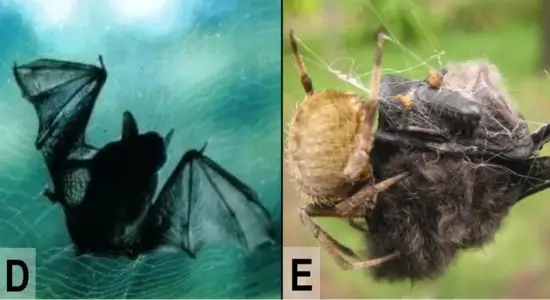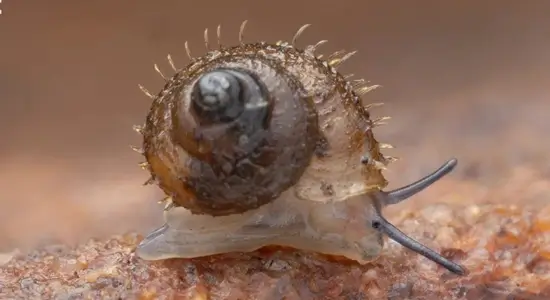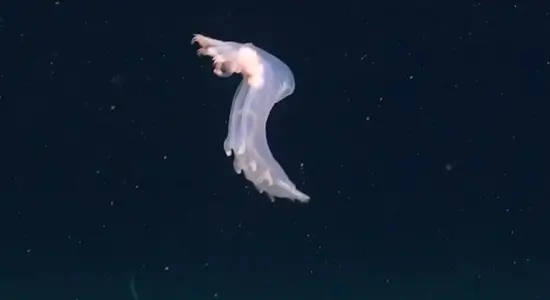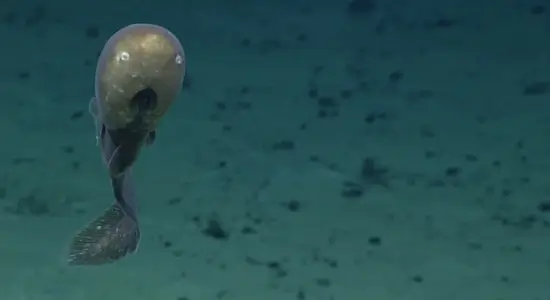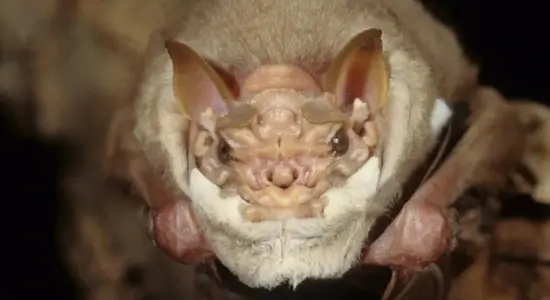Sometimes nature throws us a curveball, and animals show up in colors we never expected. From albino anteaters to all-black penguins, genetics can shake things up in surprising ways. This time, it’s a Spix’s disc-winged bat in Belize that’s caught everyone’s attention—because it’s entirely white!
Leucism is a condition where an animal lacks pigmentation in its fur or skin, but unlike albinism, it doesn’t affect eye color. Until now, leucism had never been documented in this species—or even in the entire Thyropteridae family to which Spix’s disc-winged bats belong. These bats are usually dark brown with reddish-brown tinges on their ears and white or yellow fur on their bellies. But the individuals in this new report? Almost completely white.
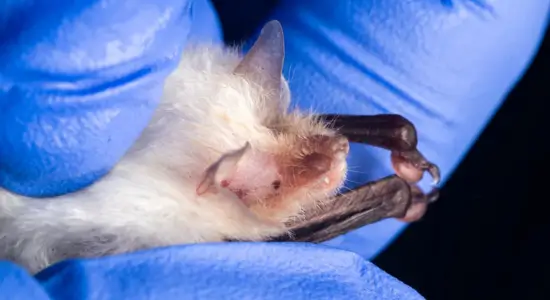 A rare all-white Spix’s disc-winged
A rare all-white Spix’s disc-winged
bat discovered in Belize marking the first recorded case of leucism in this species.
“We haven’t conducted DNA analysis on this leucistic bat yet, but we hope to do so in the future,” explained Vanessa Martin, lead author of the study, in an interview with IFLScience. “Leucism is genetically induced and typically a recessive trait, meaning both parents must carry the gene for it to appear in their offspring.”
Spix’s disc-winged bats have a widespread distribution, from Mexico through Central America to Brazil. In Belize, however, they’re not particularly common and are only found in four locations. They have a unique roosting habit, curling up inside rolled Heliconia leaves, which they can only use for about 24 hours before the leaves unfurl and become unusable. Unfortunately, commercial harvesting of these plants adds to the challenges they face.
The first sighting of an all-white Spix’s disc-winged bat happened on March 22, 2023, when researchers saw a small group of these bats tumble out of a freshly cut Heliconia leaf. Among them, at least one was leucistic. The rest quickly flew away, but this sighting sparked interest. Later that year, on December 15, researchers captured an adult leucistic male. The following April, another male with leucism was found among a group of four bats.
So, does being white put these bats at a disadvantage? “Some researchers suggest that leucism might make bats more visible to predators or affect their social acceptance,” Martin said. “However, other studies have shown that leucistic bats can reach maturity and even reproduce, meaning it may not significantly impact survival or social integration.”
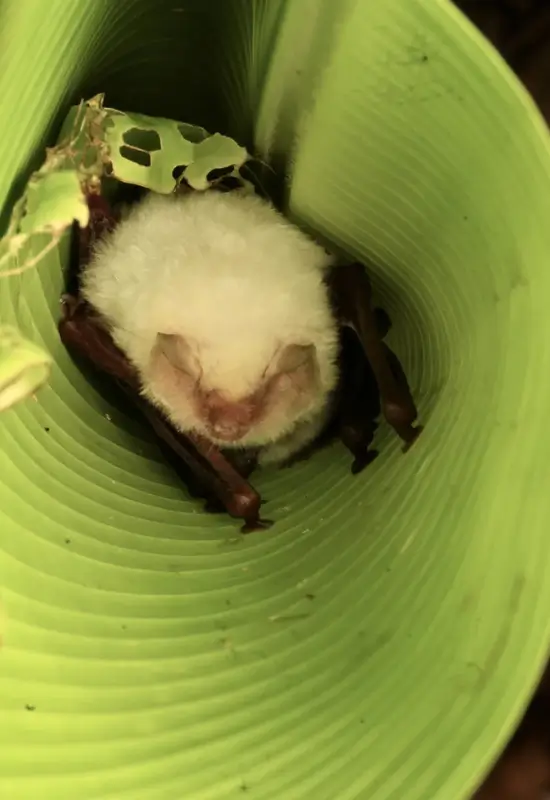 Close-up of the leucistic Spix’s disc-winged bat, showing its unique white fur while maintaining normal eye pigmentation.
Close-up of the leucistic Spix’s disc-winged bat, showing its unique white fur while maintaining normal eye pigmentation.
Interestingly, Spix’s disc-winged bats already have white bellies, which may help them blend into their Heliconia leaf homes. If so, being fully white might not be such a problem. But does it affect their relationships with other bats? “We didn’t observe any social interactions, so we can’t say for sure. However, the leucistic bat we found was roosting with others, suggesting it wasn’t excluded,” Martin noted.
- Snaky McCrocface, the weird looking crocodile snake over 100 million years old
- Uncovering the Mystery Behind the Mummified Crocodiles Found in Egypt
- The FDA has announced the beginning of reducing suffering in laboratory animals.
- Muntjac the deer looks like something out of the movie Avatar.
While this is the first recorded case of leucism in this species, Martin and her team have observed various color mutations in bats before. “Through mist-netting surveys, we’ve noticed many bats with chromatic disorders like piebaldism, which causes white patches on the skin or fur. These variations might be more common than we previously thought, so we encourage researchers to report their findings, even as short notes, as we did,” she said.
With more eyes on the lookout, who knows what other rare color variations might be out there waiting to be discovered?
Ref : iflscience

